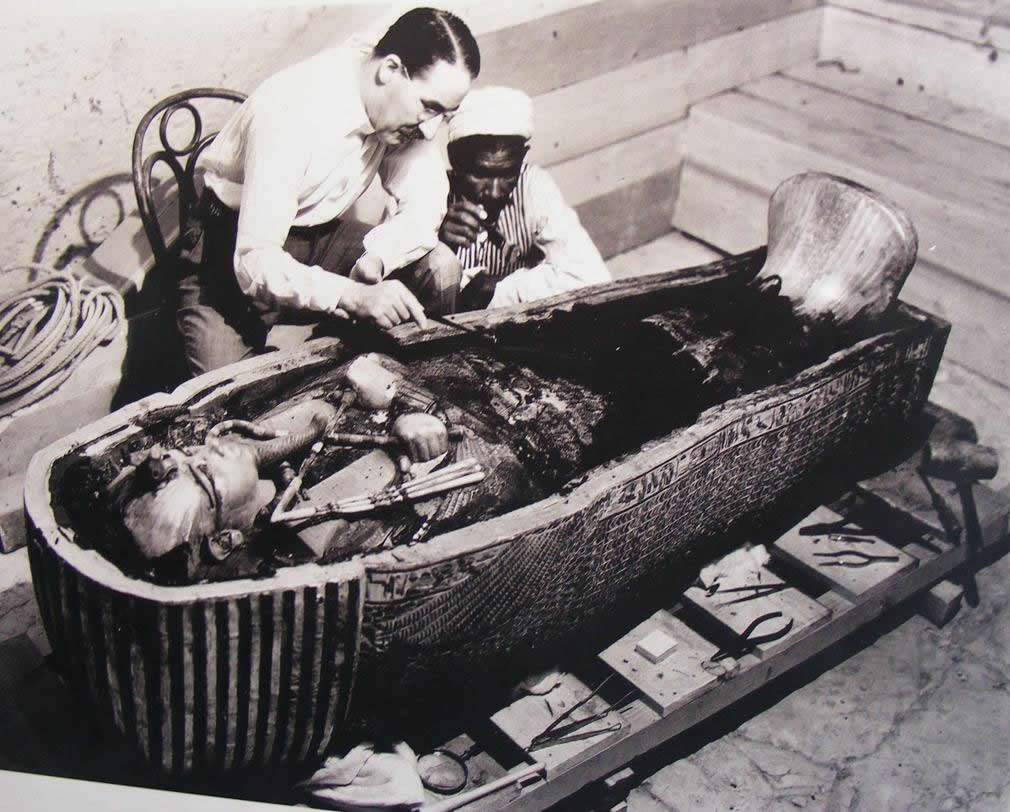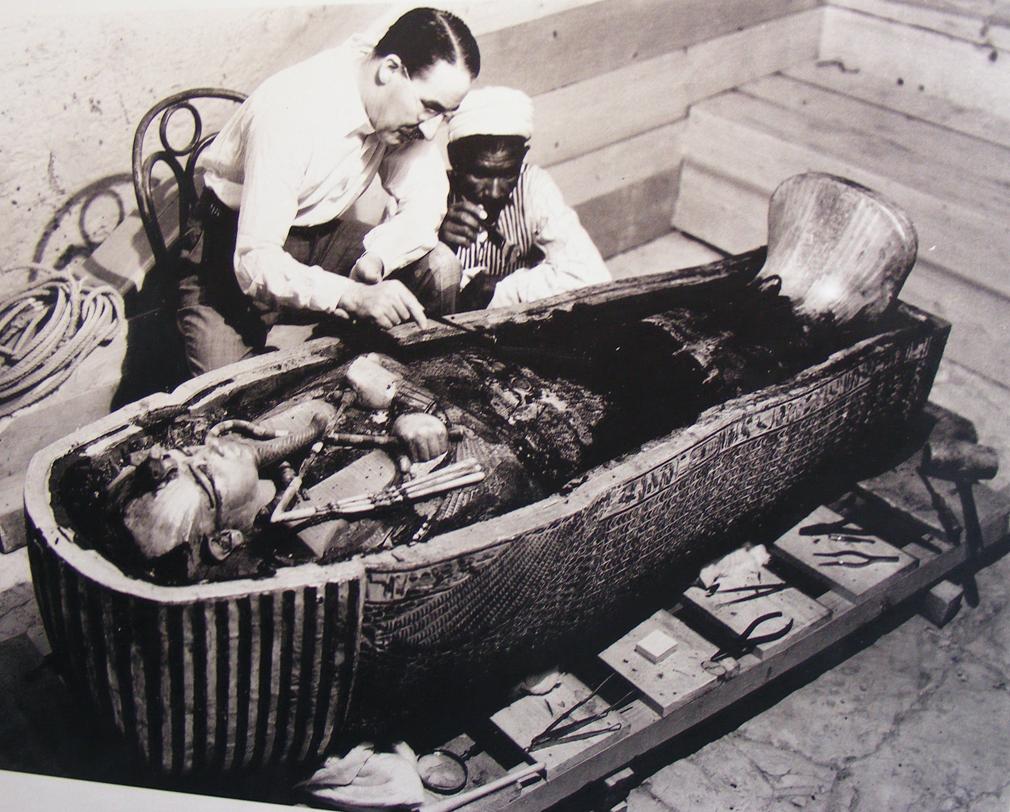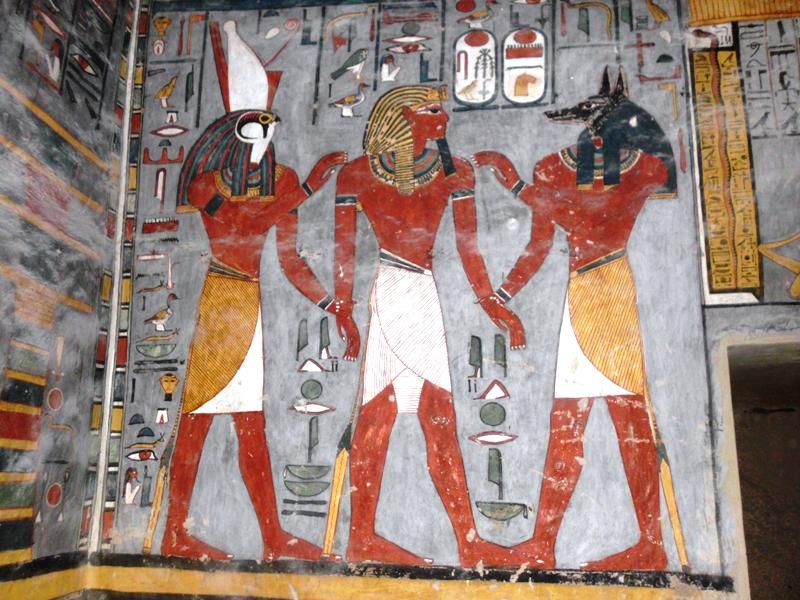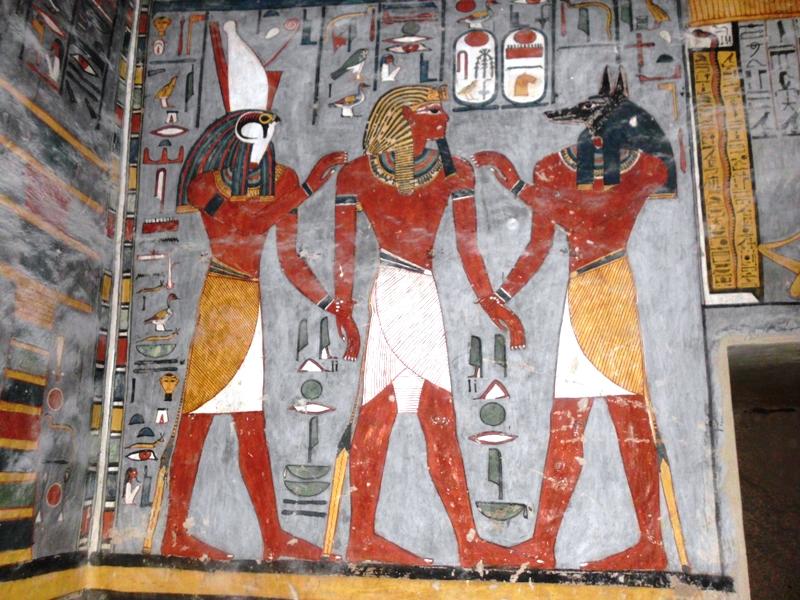| |
| |
The Coptic Museum
|
| |
The Coptic Museum, founded in 1908 by Marcus Simaika
Pasha, contains the largest collection of Coptic
monuments in the world. The building surrounds an inner
courtyard, and has been equipped over the years with
doors, windows, ceilings, and floors from nearby houses
and churches. Its exhibits include all kinds of
architectural sculptures from churches and monasteries
(apses, friezes, and capitals), funerary stelae and
figures, items of wood, ivory, and metalwork, frescos
and icons, as well as many kinds of textiles going back
to the period of late antiquity. Particularly notable is
the Museum’s extensive archive of manuscripts, including
the Gnostic codices of Nag Hammadi (4th / 5th
centuries), invaluable to the history of early
Christianity.
The monastery of St. Jeremiah was built in Saqqara in
the 4th century A.D., near the Unas causeway, and
destroyed by the Arabs around 960 A.D. Even today the
ruins are still impressive, but most of the decorated
blocks of masonry have been moved to the Coptic Museum.
Recently, researchers from the DAI (the German
Archeological Institute in Cairo) have studied the
monastery again. The frieze shown here has a
characteristic motif, consisting of a cross with
guilloche decoration and trefoil acanthus leaves in the
angles between the arms. It is surrounded by a large
circular band in four segments connected by curving
knots. Fronds of leaves flank the cross to right and
left.
|
| |
| |
Large wickerwork capital |
|
| |
6th century A.D., Alexandria, marble, H. 83 cm
This large rectangular capital is covered with deeply
carved basket-weave ornamentation, rising above a floral
band with leaf and loop motifs.
Each of the sides has a large, square pictorial area
with a highly stylized floral motif which goes back to
ancient Egyptian principles of design in its clear,
symmetrical organization. Similar capitals are also
known outside Egypt (for instance in San Vitale,
Ravenna).
The capital was obviously hollowed out to be used for
some other purpose later; it may, for instance, have
acted as a font. The material also indicates the value
of the capital, since marble had to be imported from
abroad. But most likely the stone block originated from
a building of Greco Roman times and was later rebut into
its present form.
|
 
|
| |
| |
| |
Pages from the Nag Hammadi
Codices |
|
| |
Late 4th century A.D.,
found at Nag Hammadi, papyrus, H. 28.2 cm The famous
Nag Hammadi Codices were found in 1945 in a jar at the
foot of the Gjebel el-Taref. However, it was several
years before anyone realized that this was a find of
Gnostic scriptures and thus an international sensation.
Something was known from the sermons and letters of the
early church leaders about the “harmful influence” of
the Gnostics, whose view of the world was pessimistic
and who saw salvation as recognition of our origin in an
immaterial world of light, but hardly any original texts
has previously been found. The double page shows the
title of the apocryphal book of St. John, placed at the
end of the text in the usual way.
|
 
|
| |
| |
The Ascension of Christ |
|
| |
6th / 7th century A.D.,
Bawit, monastery of St. Apollo, fresco on plaster
ground, H. of niche 2.20 m
The monastery of Bawit, situated between Hermopolis and
Asiut in Middle Egypt, is well known for its fine
frescos, including this famous niche painting. Jesus is
shown enthroned in a mandorla; his right hand is raised
in blessing, and his left hand holds an open book
containing the world “holy” repeated three times.
He is surrounded by the four apocalyptic creatures (man,
eagle, lion, and bull), and by the archangels Michael
(left) and Gabriel (right).
The Virgin Mary sits enthroned in the lower part of the
fresco with the Christ Child, who is holding a scroll.
The twelve apostles and two local saints stand to left
and right of her, all with halos and holding books under
their left arms. Furthermore, the name of each disciple
is clearly written in Coptic above the figures. St.
Peter, on the right of the Virgin, also carries his
attribute of the key, and St. Paul, on the extreme left,
a long staff with a cross on top of it. The niche is
bordered by a frame containing medallion busts.
|
 
|
| |
| |
|
|
|
|
|
|